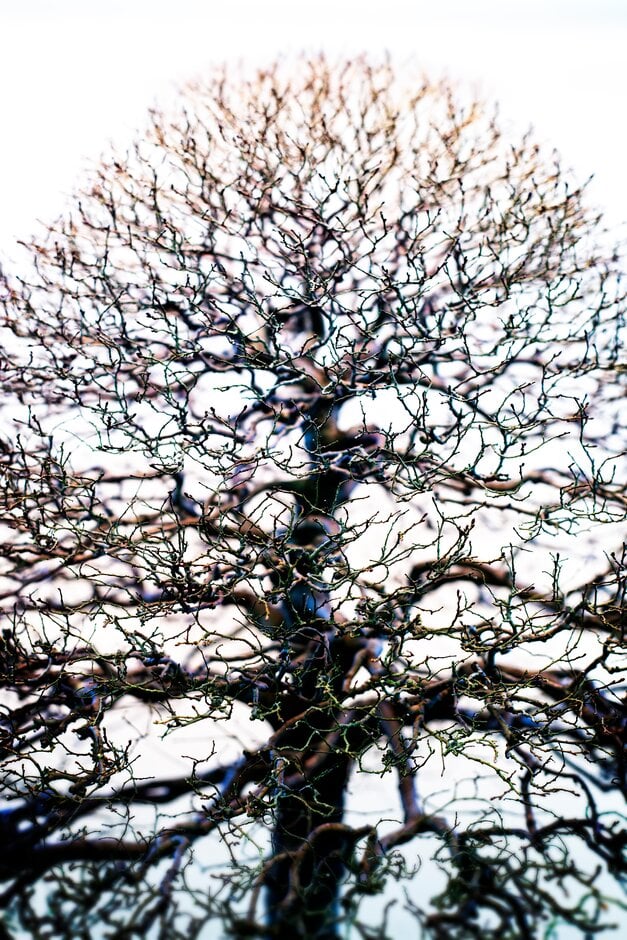Not the plant you're looking for? Search over 300,000 plants
Trees
Size
Ultimate height
Higher than 12 metresTime to ultimate height
more than 50 yearsUltimate spread
Wider than 8 metresGrowing conditions
Clay
Loam
Sand
Moisture
Moist but well–drained, Well–drainedpH
Acid, Alkaline, NeutralColour & scent
| Stem | Flower | Foliage | Fruit | |
| Spring | Red | Green | Green | |
|---|---|---|---|---|
| Summer | Green | |||
| Autumn | Yellow | |||
| Winter |
Position
- Full sun
- Partial shade
Aspect
East–facing or South–facing or West–facing
Exposure
Exposed or Sheltered Hardiness
H6Botanical details
- Family
- Ulmaceae
- Native to GB / Ireland
- No
- Foliage
- Deciduous
- Habit
- Bushy
- Genus
Ulmus are deciduous trees, often large, with elliptic or ovate leaves often colouring well in autumn; inconspicuous flowers are followed by winged fruits
- Name status
Correct
How to grow
Cultivation
Grow in any well-drained soil in full sun or partial shade
Propagation
Propagate by seed sown in containers in spring or autumn, or by greenwood cuttings in summer
Suggested planting locations and garden types
- Cottage and informal garden
- Low Maintenance
Pruning
Pests
May be susceptible to aphids, bark beetles, horse chestnut scale and elm gall mites
Diseases
May be susceptible to Dutch elm disease (partially resistant), coral spot, honey fungus and phytophthora
Get involved
The Royal Horticultural Society is the UK’s leading gardening charity. We aim to enrich everyone’s life through plants, and make the UK a greener and more beautiful place.
